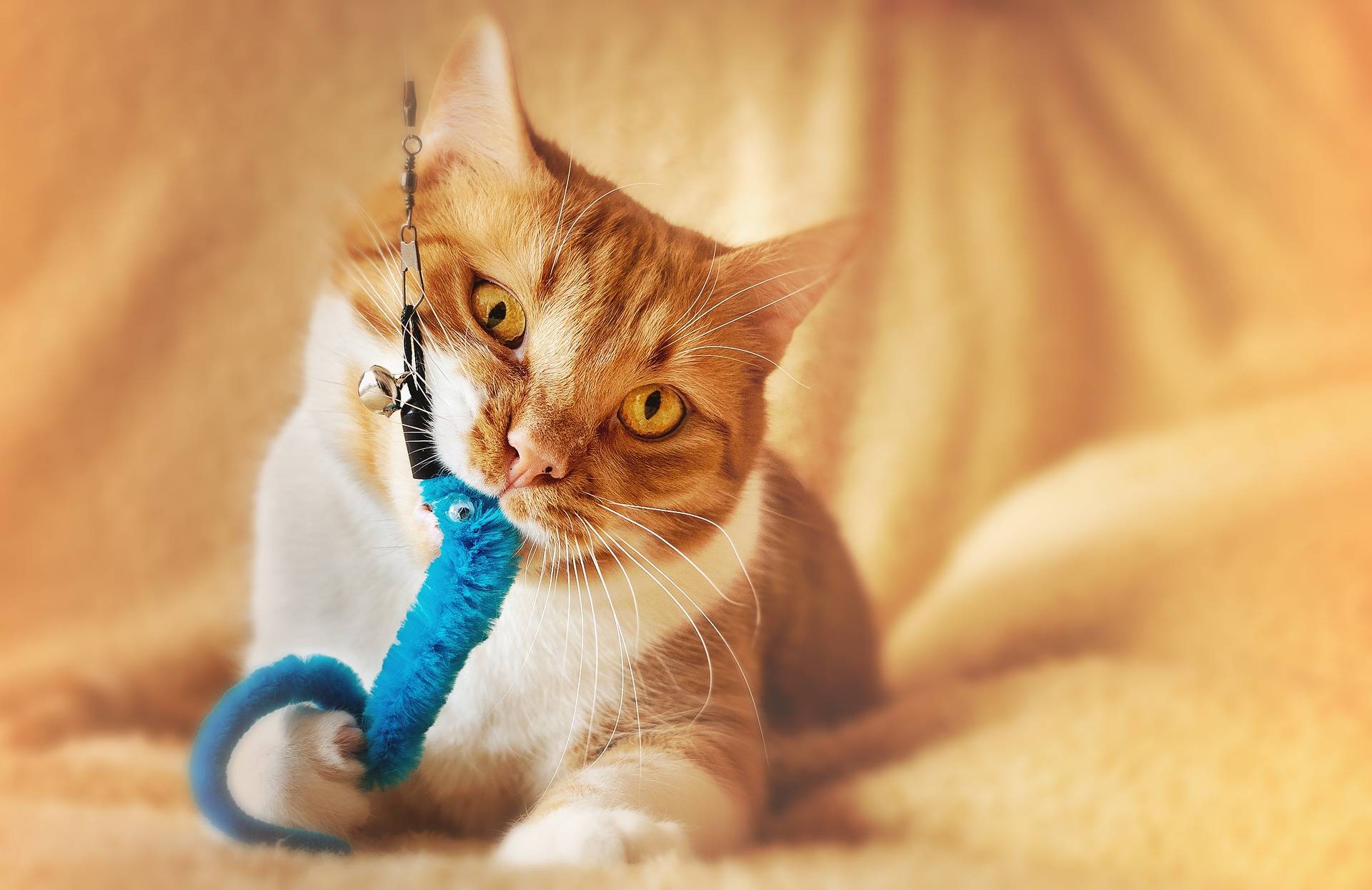In this article, I'll go over some fundamental steps for training your cat.
- Changing your cat’s behaviors
- Add some manners to your cat's life.
- Getting rid of bad habits
- Shape your cat's behavior
Training
Cats are known to be independent pets, and for good reason: if you ask any cat owner, he will tell you that cats are very easy to handle pets that are not demanding at all. They blend in silently and have no special requirements in terms of eating or other comparable activities. Cats are far more manageable than dogs. Cats, like dogs, will not chase you to earn your attention; instead, they will sit quietly and wait for you to approach them and give them a huge cuddle. These characteristics demonstrate that cats are composed, easygoing, and courteous creatures that are very easy to handle. When it comes to training your cat, things start to get a little more difficult because cats do not pose many behavioral problems, and even if they do, they are easily solved, as I explained in previous articles, but once you start training your cat, it will take some time and hard work from you to make the cat do what you want him or her to do. In the following discussion, I will outline some fundamental measures you should take to train your cat.

Changing Your Cat’s Behavior
The million-dollar question is, "Can a cat be trained?" The answer may be a little perplexing, but it is possible to understand with close attention that cats can be trained, but only on feline terms. You can not force the cat to do something on your terms; instead, if you are serious about training your cat, you must perceive the world through the eyes of a cat. As I indicated in an earlier article, understanding cat behavior is critical. Unlike dogs, cats have lower intelligence, but they may still be taught certain things.
Add Some Manners Into Your Cat's Life
You can educate your cat to jump through holes and obey your commands, but it is best to focus on more fundamental things known as manners. Cats are more untamed than dogs, and they must be socialized. They can not learn by simply watching you; instead, you must approach them at their level and explain how they must live in your home. Manners do not imply that your cat will begin shaking hands with your guests, but rather that she should engage in typical cat behaviors and conduct only those behaviors that are acceptable in the home and do not cause a commotion.
Getting Rid Of Bad Habits
Some owners are oblivious to their cats' bad habits. For example, it may appear cute when your small kitten bites at your barefoot or wrist, but it will be a different scene when a full-grown cat bites you with his predator teeth, but you do not need to be shocked because the cat is doing what she was taught in her early days. You must regularly monitor your cat's activities and instruct him or her to avoid certain behaviors that are detrimental to the order and discipline of your home. Never encourage behavior in your cat that you do not want to see in the future. This is a basic rule that you should follow in your relationship to avoid your cat doing things that will cause a commotion in your home.
Shape Your Cat's Behaviour
The simplest way to make your cat a well-mannered and habitual pet is to shape his behavior. For example, scratching is a natural behavior of cats, and they will scratch regardless of what you do, but if you can associate some unpleasant activity with scratching, your cat will think twice before scratching. When your cat tries to claw or bite a cushion, wallpaper, carpet, or another similar item, you can try spraying it with water. If you can accomplish that for a long enough amount of time, your cat will realize that anytime this scratching or biting occurs, it will be accompanied by the very unpleasant experience of getting wet, and it will only be a matter of time before your cat ignores all types of scratching and biting.